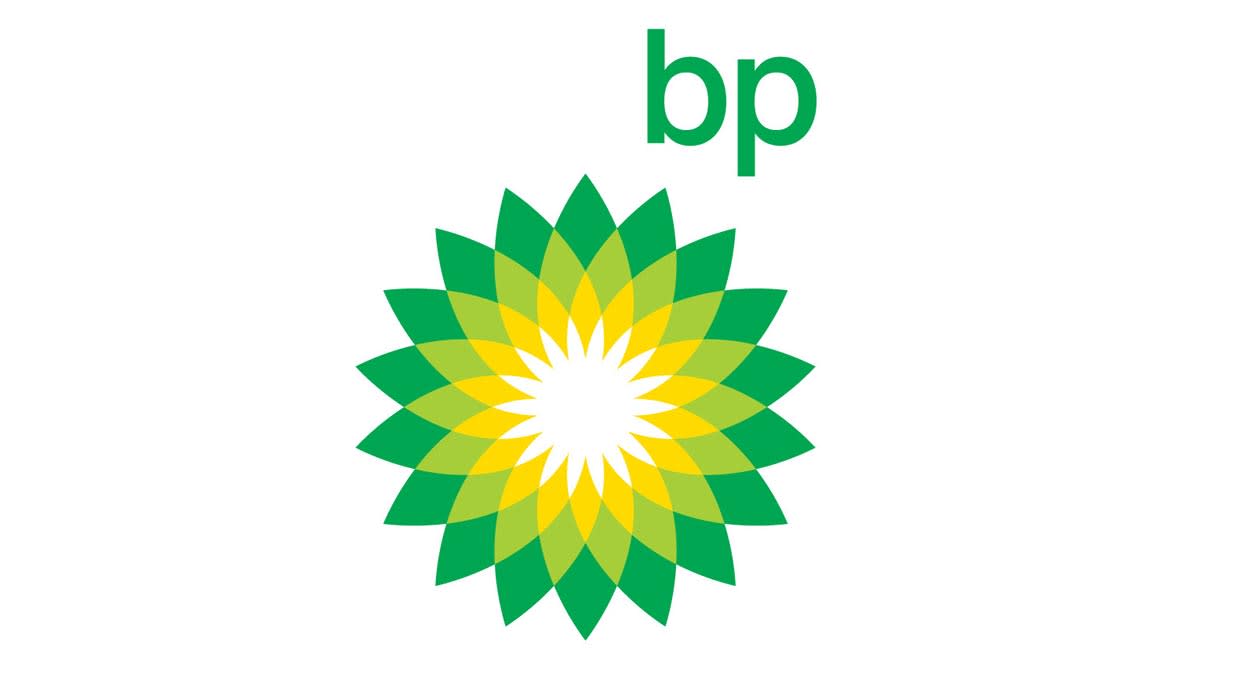BP’s strategy update has introduced four main strategic targets:
1) Growing free cash flow, with greater than 20% average annual growth targeted between now and 2027.
2) Reducing net debt to $14-18bn by the end of 2027 (2024: $23bn).
3) Increasing cost reduction targets, aiming to deliver $4-5bn of structural cost savings by the end of 2027.
4) Generating higher returns with a minimum 16% return on capital goal for 2027 (2024: 14.2%).
Proposed actions to achieve all this include divestments of up to $20bn by the end of 2027, as well as reduced overall investment spend with a higher allocation towards oil & gas projects.
BP intends to distribute 30-40% of operating cash flows to shareholders, underpinning plans to increase the dividend by 4% per annum. The first-quarter buyback is expected at $0.75-1.00bn compared to $1.75bn announced with fourth-quarter results.
The shares were down 1% in early afternoon trading.
Our view
BP has refreshed its strategic goals against a backdrop of falling profits and growing shareholder pressure. We support the focus on financial discipline but a limited market response on the day suggests not all investors are convinced that these ambitious targets can be met.
Over recent years BP’s not made much of a dent in its net debt pile of around $23bn, choosing to prioritise shareholder distributions and capital expenditure. That’s been supported by very strong cash flows. But dwindling profits have prompted a pullback in investment as well as reduced buybacks for the immediate future.
BP is refocussing on its core competencies of oil & gas extraction. Modest plans to increase production combined with a fresh efficiency drive should help to boost performance. But it does mean the company’s future profits remain intrinsically linked to oil & gas prices, over which it has no control. As with all natural resource extraction, there’s never any guarantee that new sources of production perform as expected.
The company’s efforts to make a success of investments in energy transition technologies have been met with limited success. There are some clear advantages to embracing the rise of electric vehicles, given the company’s existing network of service stations. We’re glad to see BP’s not totally abandoning its ambitions in this space, and support the more selective approach, which is likely to focus on complementary areas like hydrogen and carbon capture.
In the near term, shareholder distributions may take a back seat as BP focuses on bringing down its debt levels. With a clear financial framework now in place, there is scope for distributions to pick up materially further down the line. But that’s not guaranteed and will likely depend on BP meeting its ambitions for improved cash generation, as well as targets to generate $20bn from disposals by 2027. Assets up for grabs include the troubled Gelsenkirchen refinery, the lubricant brand Castrol, and the solar business.
If BP can make good on its promises, investors may be rewarded, but there remain some near-term challenges to overcome. Refining margins are expected to remain low this year and production is set to fall before it goes up. Meanwhile oil prices are lower than they were at the beginning of last year.
All in, BP’s valuation has strengthened on the hopes it gets back to basics, with its earnings multiple now ahead of some more financially robust peers. We think the strategic shift has some legs but there’s significant execution risk meaning there’s plenty of scope for downside shocks if BP misses its targets.
Environmental, social and governance (ESG) risk
Environmental concerns are the primary driver of ESG risk for oil and gas producers, with carbon emissions and waste disposal being the main issues. Health and safety, community relations and ethical governance are also contributors to ESG risk.
According to data from Sustainalytics, BP's overall management of material ESG issues is strong.
It appears to have strong oversight over its key ESG issues. Notably, the company aims to reach net zero emissions across its entire operations (Scope 1 & 2) on an absolute basis by 2050, and net zero for the carbon intensity of sold energy products by 2050.
BP’s recent strategy reset signals a change in approach to the transition. This includes increasing oil and gas investment by around 20% and decreasing investment in the transition business by more than $5bn. The company still aims to meet the net zero targets above.
Persistent controversies relating to environmental breaches continue to expose BP to legal and compliance risks, including significant financial penalties.
BP key facts
All ratios are sourced from LSEG Datastream, based on previous day’s closing values. Please remember yields are variable and not a reliable indicator of future income. Keep in mind key figures shouldn’t be looked at on their own – it’s important to understand the big picture.
This article is not advice or a recommendation to buy, sell or hold any investment.No view is given on the present or future value or price of any investment, and investors should form their own view on any proposed investment.This article has not been prepared in accordance with legal requirements designed to promote the independence of investment research and is considered a marketing communication.Non - independent research is not subject to FCA rules prohibiting dealing ahead of research, however HL has put controls in place(including dealing restrictions, physical and information barriers) to manage potential conflicts of interest presented by such dealing.Please see our full non - independent research disclosure for more information.


